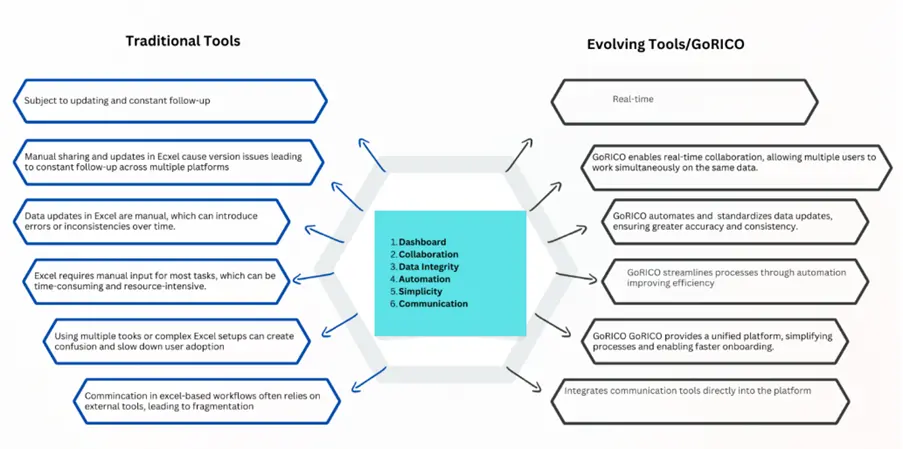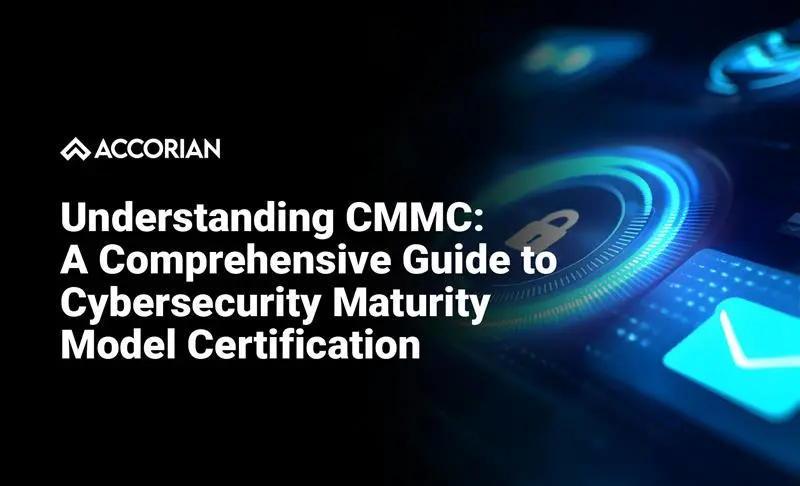In today’s rapidly evolving cybersecurity landscape, organizations face a critical dilemma in meeting governance, risk, and compliance (GRC) and regulatory mandates while simultaneously building a security posture resilient enough to counter increasingly sophisticated threats.
Compliance, while undeniably essential, is no longer sufficient. Simply ticking boxes or satisfying minimum benchmarks does not equate to security. Organizations must adopt a proactive, holistic approach that embeds security into the very fabric of their operations.
Complexity Is Rising. So Are the Stakes.
According to a recent report, 74% of organizations say compliance requirements are becoming more complex, and 68% of business leaders admit they struggle to keep up with evolving regulations. This growing complexity is compounded by the projected surge in cybercrime damages, expected to hit $10.5 trillion annually by 2025 (Cybersecurity Ventures, 2023).
This convergence of mounting regulatory pressure and escalating threats demands more from GRC tools. It’s no longer just about achieving compliance—it’s about ensuring that compliance translates into true organizational resilience.
The Evolution of GRC: From Foundational to Forward-Looking
GRC tools have steadily evolved over time, transitioning from basic solutions like spreadsheets to more integrated platforms. While these traditional tools served their purpose well in the early days, offering flexibility and familiarity, they struggle to keep up with today’s demands.
Modern organizations need GRC platforms that move beyond facilitating the first security credential or meeting the baseline compliance requirements demanded by clients. Factors like the rise of remote work, increasing third-party dependencies, multi-cloud adoption, and dynamic threat vectors call for tools that enable real-time, continuous risk visibility and proactive control.
Today’s GRC tools must deliver:
- Real-time compliance and risk monitoring
- Third-party and supply chain risk management
- AI-driven workflows
- Support for hybrid (not just cloud-native) environments
- Actionable execution of custom workflows and SOPs
GoRICO: A Glimpse into the Future of GRC
This evolution is exemplified by next-gen platforms like GoRICO by Accorian, a finalist for the Aegis Graham Bell Innovation in Cybersecurity 2024 Award. Built for today’s challenges, GoRICO redefines how organizations engage with their GRC processes.
Instead of offering one-size-fits-all templates, GoRICO adapts to the unique risk environment and maturity level of each organization. Its features include:
- 10x faster evidence collection through intelligent delegation and tracking
- 50% reduction in manual and automated evidence collection time
- Scalable frameworks for managing internal risk, third-party risk, and policy/procedure updates
These capabilities represent the natural progression of GRC tools: from static, spreadsheet-based processes to collaborative, intelligent platforms designed to drive both compliance and security outcomes.
The Natural Progression of GRC Tools: From Static to Strategic
Traditional tools, like Excel, have long been a starting point for GRC processes, offering simplicity and flexibility. But they fall short in today’s complex, fast-moving security environments.
Here’s a side-by-side comparison of how GRC tools have evolved:

Why This Evolution Matters for Security Leaders
Security leaders today must balance more than just frameworks—they must align with business goals, respond to evolving threats, and clearly demonstrate security maturity to boards, clients, and partners.
Modern GRC tools are no longer a “nice to have”—they are critical enablers for driving strategic visibility and decision-making. But how do you know if your current solution is truly working for you?
Ask Yourself:
- Does your GRC tool go beyond a single security framework?
- Does it support your unique workflows, SOPs, and tech stack?
- Is it built for hybrid environments, or just limited to cloud-native systems?
- Can non-security and non-IT stakeholders actively collaborate within the tool?
- Does it give you the flexibility to manage policy and procedure, internal risk, third-party risk, and adopt new compliance frameworks quickly?
If your answer to most of these questions isn’t a confident yes, it might be time to rethink your approach.



